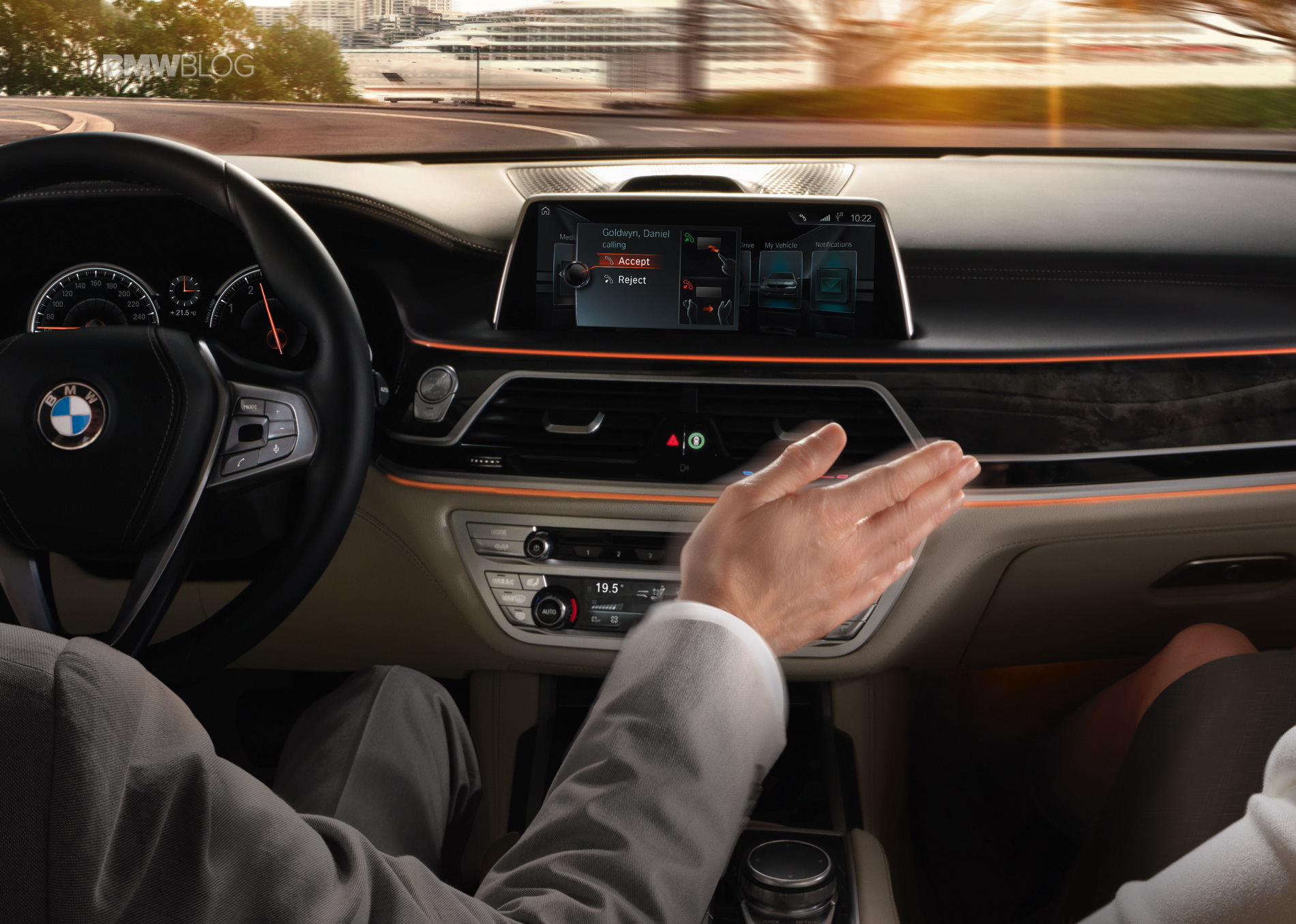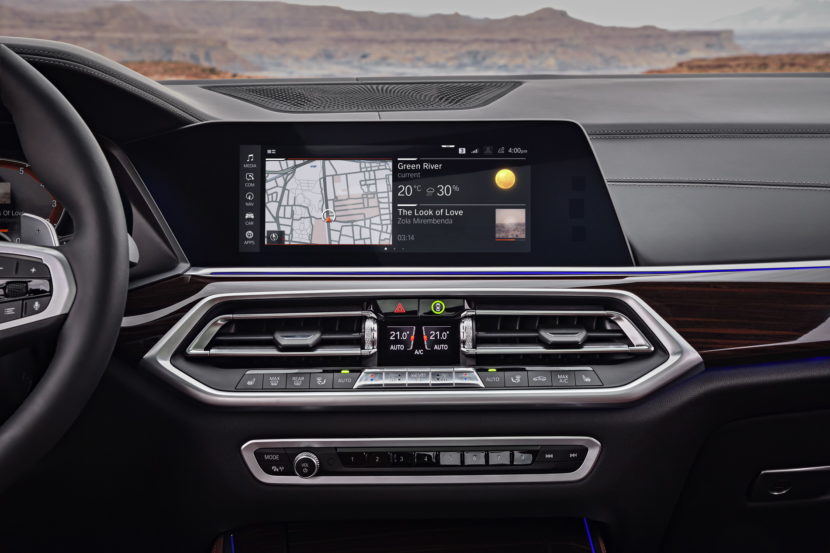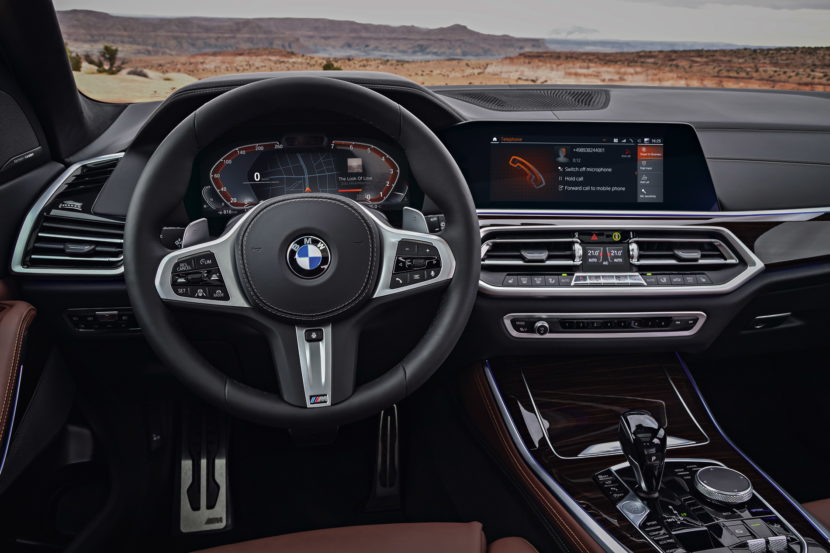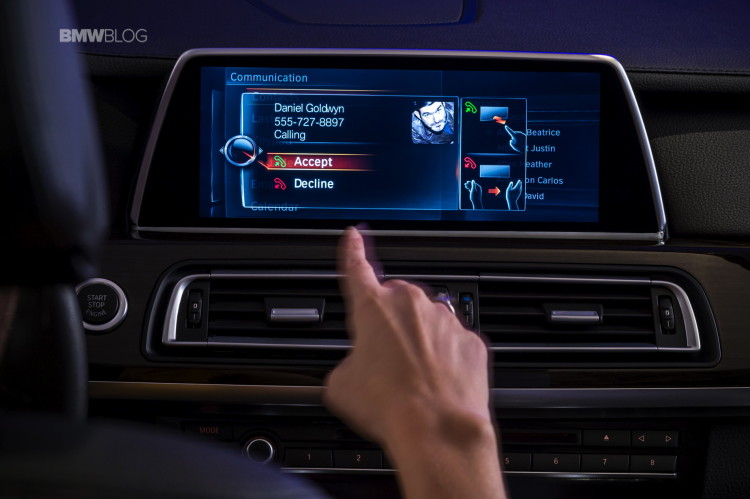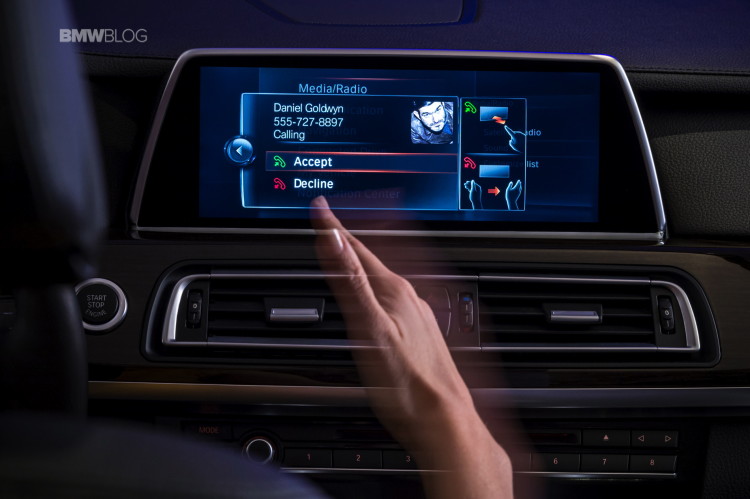The BMW Gesture Control system was first premiered on the G11/G12 7 Series generation that was introduced back in 2015. The industry and journalists were rather skeptical about the practical utility of such a feature. The latest automotive developments prove that they were wrong to consider it a marketing gimmick.
BMW has been a pioneer in the field of in-car infotainment. The BMW Connected saga started in 1998, when the Bavarian constructor premiered the BMW Telematics, which was the tagline for marketing the BMW Assist package. The first car to be fitted with the new technology was the E38 generation 7 Series.
In 2001, with the advent of the E65 7 Series, BMW ushered in an all-new infotainment concept, which was to become widely known as the iDrive. Since then, there have been multiple advancements and improvements which led the technology forward.
Under the BMW ConnectedDrive emblematic title, the Germans created a whole eco-system of pioneering infotainment, communication and digital technologies that substantially enhance the user experience aboard BMW vehicles. The latest generation of the iDrive was officially introduced in 2018 and it is entitled BMW Operating System 7.0.
The new infotainment environment is a reference in the industry, as it embodies the essence of a 20-year experience. The OS 7.0 is now sharper, more precise, more digitalized and connected, it acts faster and it has an impeccable graphic quality. It enables user-friendly operation through a dedicated and comprehensive concept.
The large-sized control screen is paired with the digital Live Cockpit for an enriched user experience. The OS 7.0 can be accessed via the touchscreen, the rotary iDrive knob with touch-capacitive surface, voice control, dedicated steering wheel buttons or the BMW Gesture Control.
The latter is particularly interesting, as it was firstly seen as an oddity when it was launched in the current 7 Series generation. It enables a convenient and fast access for controlling handy features such as volume control or navigation by simply doing some pre-defined gestures in the air. The Gesture Control can be activated or de-activated from the OS 7.0 menu.
Pointing your index finger forward and rotating it clockwise will maximize the volume, while the anti-clockwise move will lower it. Doing an horizontal peace sign towards the screen can turn it on or off. Waving your hand in front of the screen will employ progressing through the option in the menu, while clicking the air with your index will enable you to select whatever you want from it.
The BMW OS 7.0 has been further extended to allow for more liberty for the gesture control system. The clients can now assign certain gestures to further access more options, bringing the total number of additional possibilities to seven gestures that can be recognized by the specifically-designed cabin sensors.
In future, the Gesture Control can be used to further replace physical buttons while also enabling a more natural car-human interaction. Going all touchscreen is not a good idea, as it may increase driver distraction, but gestures may come as a more natural solution for intuitive operation, besides physical buttons, touch-capacitive displays and surfaces and the rotary iDrive controller.
To me, the BMW Gesture Control is a nice feature and one that truly sets BMW apart from other competitors. It was a first in the automotive world in 2015 and now it has been quite thoroughly enhanced and bettered. I feel that it can be seen as a practical and handy feature to complement the already integrated operation concept of the BMW OS 7.0 infotainment system. I expect that Gesture Control will be further improved and it will really make sense as we progress towards the autonomous cars of the future.


